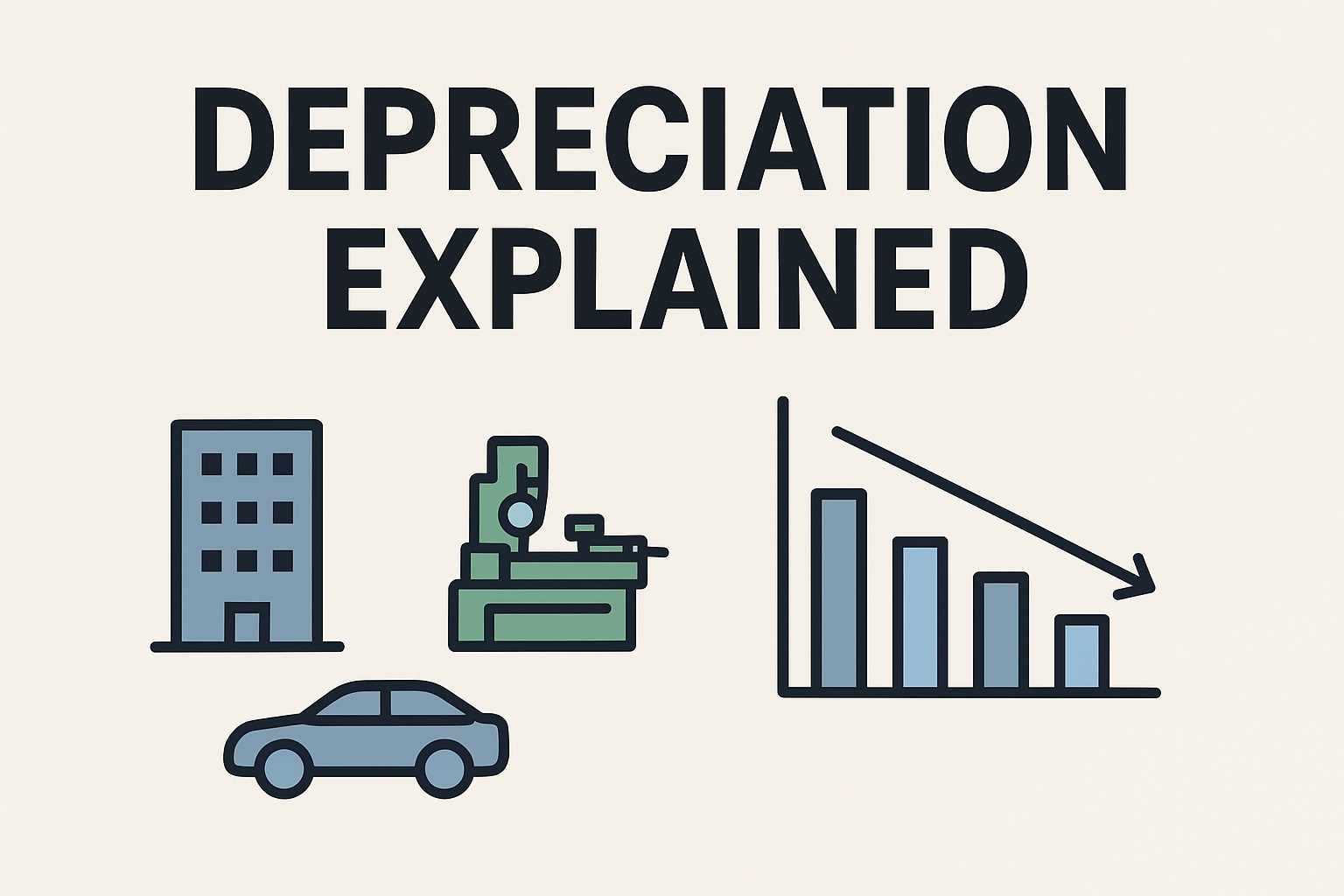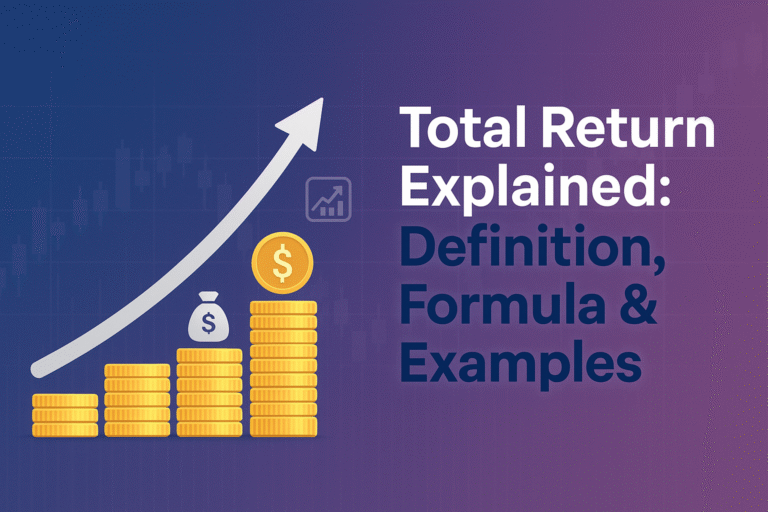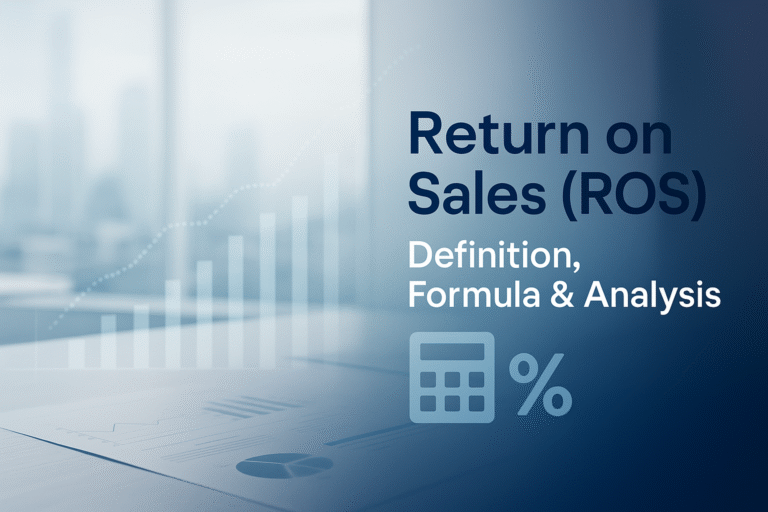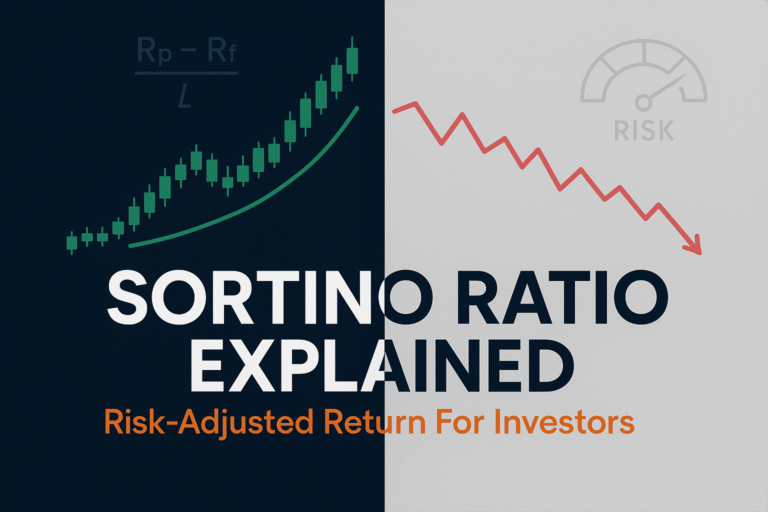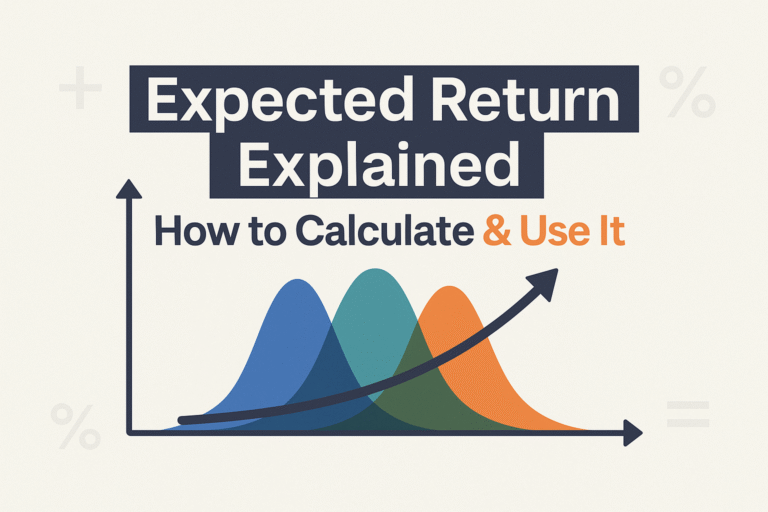Depreciation: It is how a business spreads the cost of an asset over its useful life.
Depreciation is an essential accounting concept that measures how the value of an asset decreases over time. Whether you’re running a business, analyzing financial statements, or preparing for taxes, understanding depreciation helps you track expenses and determine the real cost of owning assets.
In this guide, we’ll explain what depreciation is, why it matters, how it’s calculated, and which method may be right depending on the situation.
What Is Depreciation?
Depreciation is the systematic allocation of the cost of a tangible asset over its useful life. Instead of recording the entire expense of buying an asset upfront, businesses spread the cost across multiple years to reflect wear, tear, and obsolescence.
Examples of depreciable assets include:
- Buildings
- Machinery and equipment
- Vehicles
- Office furniture
- Computers and technology
Land is not depreciated because it typically does not lose value over time.
Why Depreciation Matters
- For Businesses: It helps match expenses with revenues, giving a more accurate view of profitability.
- For Investors: Depreciation impacts financial statements and ratios (e.g., EBITDA, net income).
- For Taxes: Depreciation is deductible, reducing taxable income.
Straight-Line Depreciation (Most Common)
The simplest method spreads the cost evenly over the asset’s useful life.
Formula:
Depreciation Expense = (Cost - Salvage Value) / Useful LifeExample:
- Equipment cost = $50,000
- Salvage value = $5,000
- Useful life = 5 years
Depreciation Expense = (50,000 - 5,000) / 5
Depreciation Expense = 45,000 / 5
Depreciation Expense = 9,000 per year2. Double Declining Balance (Accelerated Depreciation)
Front-loads expenses—higher in early years, lower later.
Formula:
Depreciation Expense = (2 / Useful Life) × Book Value at Beginning of YearExample:
- Equipment cost = $50,000
- Salvage value = $5,000
- Useful life = 5 years
Year 1: Depreciation = (2 / 5) × 50,000 = 20,000
Book Value End of Year 1 = 50,000 - 20,000 = 30,000
Year 2: Depreciation = (2 / 5) × 30,000 = 12,000
Book Value End of Year 2 = 30,000 - 12,000 = 18,000(continues until salvage value is reached)
3. Units of Production (Usage-Based)
Depreciation tied directly to actual usage (hours, miles, units produced).
Formula:
Depreciation Expense = (Cost - Salvage Value) / Total Estimated Units × Units Used in PeriodExample:
- Equipment cost = $50,000
- Salvage value = $5,000
- Total estimated units = 100,000
- Units produced in Year 1 = 20,000
Depreciation per unit = (50,000 - 5,000) / 100,000
Depreciation per unit = 45,000 / 100,000 = 0.45 per unit
Year 1 Expense = 20,000 × 0.45 = 9,0004. Sum-of-the-Years’ Digits (SYD)
Accelerated method—weights earlier years more heavily.
Formula:
Depreciation Expense = (Remaining Life / Sum of Years' Digits) × (Cost - Salvage Value)Sum of Years’ Digits = n(n+1)/2, where n = useful life in years
Example:
- Equipment cost = $50,000
- Salvage value = $5,000
- Useful life = 5 years
- Sum of Years’ Digits = 5(5+1)/2 = 15
Year 1: (5 / 15) × (50,000 - 5,000) = (5 / 15) × 45,000 = 15,000
Year 2: (4 / 15) × 45,000 = 12,000
Year 3: (3 / 15) × 45,000 = 9,000
Year 4: (2 / 15) × 45,000 = 6,000
Year 5: (1 / 15) × 45,000 = 3,000Comparison Table of Depreciation Methods
| Method | Best For | Expense Pattern | Complexity |
|---|---|---|---|
| Straight-Line | General use | Equal each year | Simple |
| Declining Balance | Tech, vehicles | Higher early, lower later | Moderate |
| Units of Production | Machinery, vehicles | Based on usage | Variable |
| SYD | Assets that lose value fast | Accelerated | More complex |
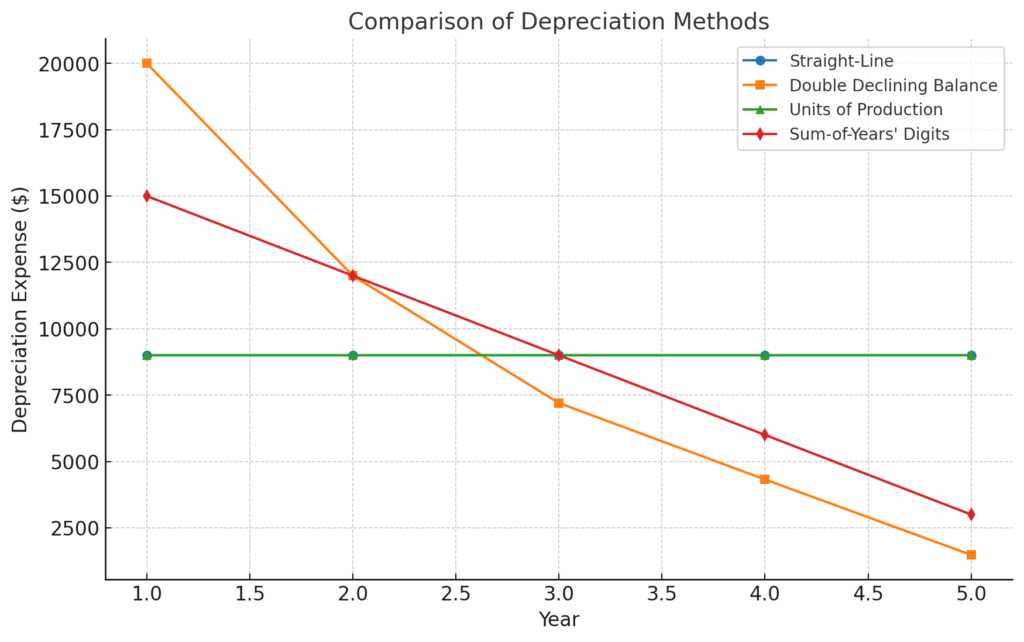
Advantages & Disadvantages of Depreciation
Advantages
- Spreads cost logically over time
- Reduces taxable income
- Helps with capital planning
- Improves the accuracy of financial reporting
Disadvantages
- Relies on estimates (useful life, salvage value)
- Different methods yield different results
- Can complicate financial comparisons across firms
Depreciation in Financial Statements
- Income Statement: Appears as a non-cash expense.
- Balance Sheet: Reduces asset value over time.
- Cash Flow Statement: Added back under operating cash flow since it’s non-cash.
Investor & Business Use Cases
- Businesses: Plan asset replacement cycles and tax strategy.
- Investors: Adjust earnings metrics like EBITDA and net income for analysis.
- Individuals: Real estate owners claim depreciation for rental property tax deductions.
It’s how a business spreads the cost of an asset over its useful life.
Straight-line depreciation is the simplest and most widely used.
No, land does not depreciate since it usually doesn’t lose value.
It lowers taxable income, reducing tax liability.
Other Link Suggestions:
Source Link Suggestions
The Bottom Line
Depreciation is more than just an accounting entry; it reflects the real-world decline in asset value over time. Whether you’re analyzing company earnings, managing business assets, or planning taxes, understanding depreciation helps you see the bigger financial picture.
Next step: Explore our guide on Amortization vs. Depreciation to understand how intangible assets differ from tangible ones.

